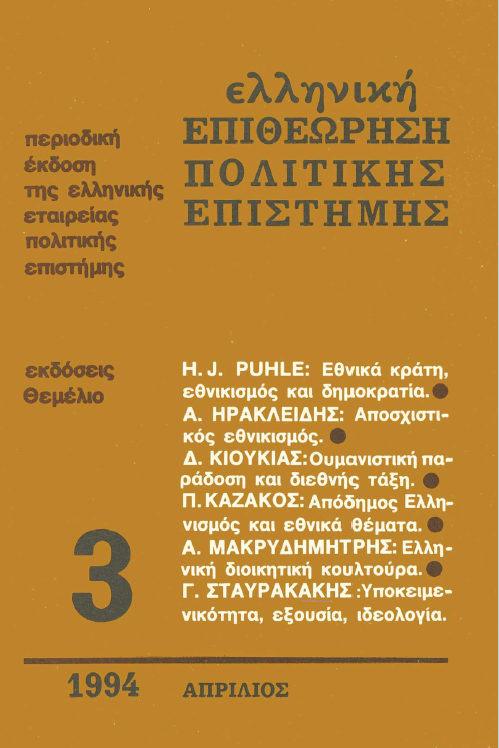The IGC’ 96 and the institutional reform of the EU

Abstract
A striking feature in the present mood about Europe’s future course is uncertainty. Essentially, three options could be identified at first glance: A Federal Europe, reflecting the initial “finalité politique”, the politically fragmented European Free Trade Area and the “Europe of the Treaties”.
Under present conditions the first option is simply unrealistic and a fragmented Europe is not openly proposed by anybody, old fashioned nationalists and traditionalists aside. But it could prove a possible by-product of many proposals with fantastic labels such as multi-speed Europe, concentric circles, “hard core”-Europe. They are accompanied by a diminishing sense of belonging together.
Europe of the Treaties is our option, which does not exclude necessary adjustment through modest, low profile modifications of the Treaty, accompanied by practical measures. Maastricht has been a big leap forward. Its innovations have indeed still to be digested by the proud European nation states, operating under conditions of uncertainty and economic malaise.
Enlargement is not an argument for a new and hasty big leap. Some of the institutional horrors expected after Enlargement arise from rather inaccurate perceptions about the way the Council really works today and from deep concerns of the rich member states about an eventual “redistributional battle” after enlargement.
An obviously crucial issue is, therefore, the voting system in the Council after enlargement. From the very start of European integration a small state premium was built into the institutional system of the Union. It was historical experience which led to giving small states disproportionate rights relative to the big ones. In principle, the small state premium is as relevant today, as it was at the end of the European wars. It is still the case that we are confronted with the small problems of the big states rather than the big problems of the small ones.
Inside the line of reasoning adopted here and in parallel to practical procedural devices, several amendments of the Treaty are conceivable in order to make the decision-making more efficient and to increase the legitimacy of the central institutions, without at the same time shaking the very foundation of the EU. We expect that the igc'96 will extend co-decision (and majority voting), establish the principle of “double majority” at least in certain areas cope with the particular concerns of the “big” member states, reduce the number of procedures (now more than twenty), limit the number of commissioners to one per member state etc.
All this does not constitute a grand new design. But it would make “Europe of the Treaties” more operational without risking fragmentation and relapse.
Article Details
- How to Cite
-
Καζάκος Π. (2017). The IGC’ 96 and the institutional reform of the EU. Greek Political Science Review, 7(1), 5–34. https://doi.org/10.12681/hpsa.15251
- Issue
- Vol. 7 (1996)
- Section
- Articles

This work is licensed under a Creative Commons Attribution-NonCommercial-ShareAlike 4.0 International License.
Authors who publish with this journal agree to the following terms:
Authors retain copyright and grant the journal right of first publication with the work simultaneously licensed under a Creative Commons Attribution licence that allows others to share the work with an acknowledgement of the work's authorship and initial publication in this journal.
Authors are able to enter into separate, additional contractual arrangements for the non-exclusive distribution of the journal's published version of the work (e.g. post it to an institutional repository or publish it in a book), with an acknowledgement of its initial publication in this journal.
Authors are permitted and encouraged to post their work online (preferably in institutional repositories or on their website) prior to and during the submission process, as it can lead to productive exchanges, as well as earlier and greater citation of published work (See The Effect of Open Access).








